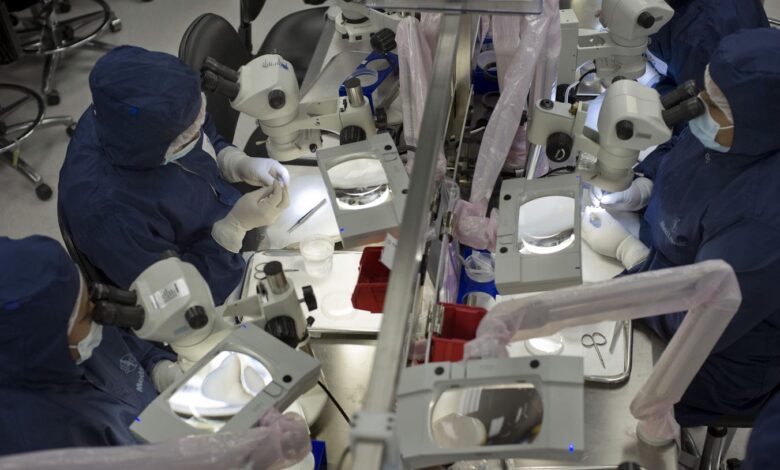Trump’s Tariffs Will Make Medical Devices More Expensive

Medical device manufacturers are bracing for the impact of President Trump’s tariffs, which are expected to drive up prices for essential devices such as pacemakers, insulin pumps, and hearing aids. While pharmaceutical companies secured exemptions, the medical device industry—which relies heavily on overseas manufacturing—is facing significant challenges.
With up to 40% of all medical devices manufactured abroad, particularly in countries like Mexico and Europe where tariff rates are set at 25% and 20% respectively, the potential cost increase is a cause for concern. Erik Wexler, CEO of Providence, a large health system, estimates that tariffs could raise costs by $10 million to $25 million annually. This added financial burden could strain healthcare providers already grappling with financial challenges.
The complex nature of the healthcare supply chain means that even devices assembled in the U.S. may contain foreign components subject to tariffs. This could lead to price hikes for devices across the board, impacting hospitals, insurers, and ultimately patients. Lobbying groups have been advocating for exemptions for medical devices, especially those facing shortages, but the immediate future remains uncertain.
The looming threat of higher costs comes at a time when the healthcare sector is already under pressure to reduce expenses. As supply chain professionals anticipate passing on increased costs to customers, the ripple effects of tariffs on medical devices could exacerbate existing financial strains. In a field where access to affordable care is critical, any price increase could have far-reaching consequences for patients.
The healthcare industry is facing a delicate balancing act as it navigates the challenges of rising costs and supply chain disruptions. While efforts to diversify supply chains and promote domestic manufacturing are underway, the immediate impact of tariffs on medical devices remains a cause for concern. As stakeholders work to mitigate the effects of these policy decisions, the future of affordable and accessible healthcare hangs in the balance.





